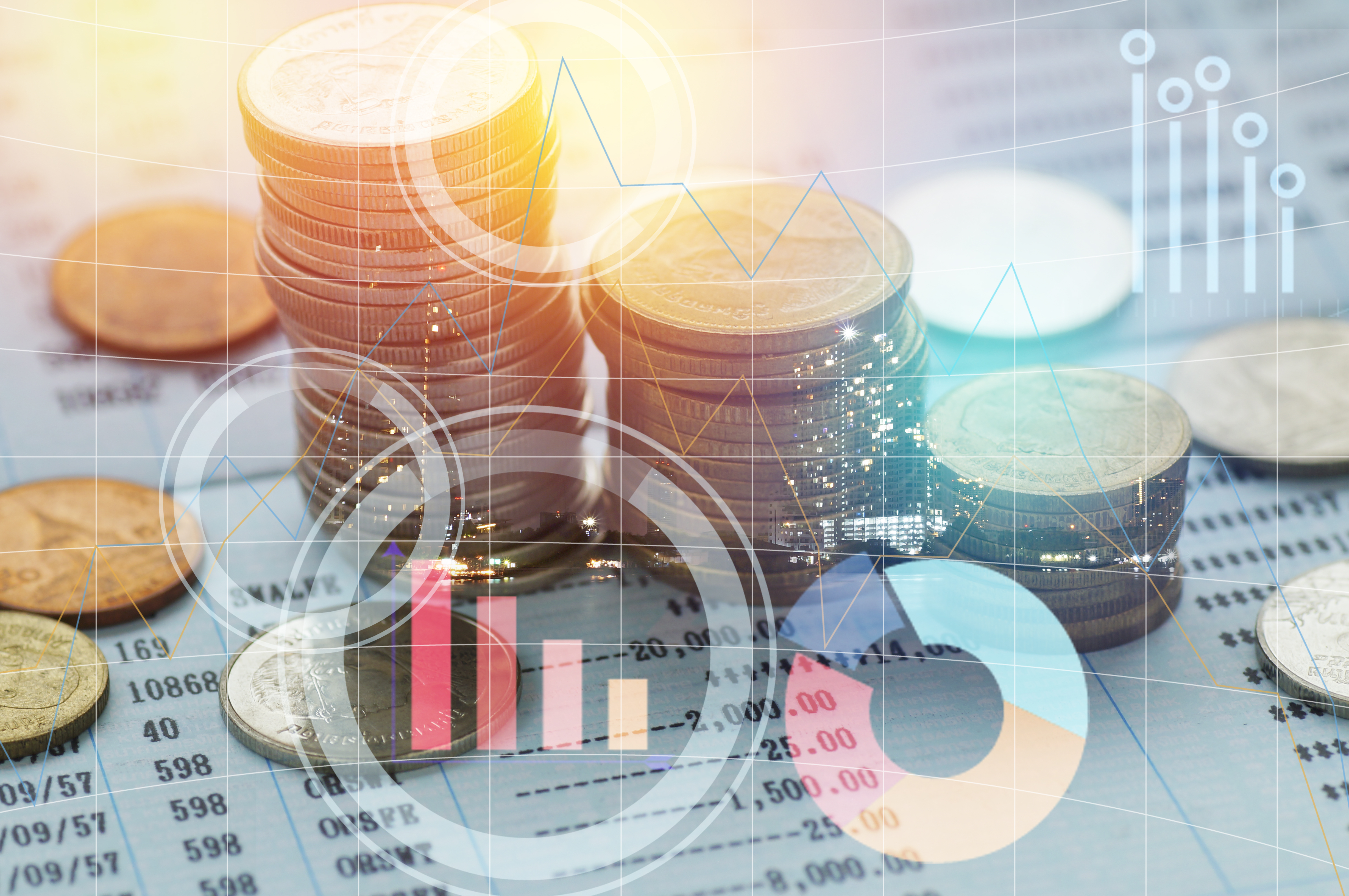With the Covid-19 pandemic coming under control in more countries globally, a more sustainable and stable economic recovery is needed in many markets, and asset classes like green bonds can be an instrument to achieve this goal.
Pandemic-related market volatility has caused investors to shift to the fixed-income asset class to mitigate risks.
“We currently think that credit markets look more appealing as they are pricing a less optimistic economic scenario than equity markets and typically carry a yield that is a more reliable source of income than stock dividends during crisis times, as the latter is at risk of getting cut or cancelled,” says Thomas Wacker, head credit research at UBS Global Wealth Management CIO.
The health crisis has drawn attention to how capital markets can contribute to the economic recovery and pursue a more sustainable and stable development model. “We hear that in Europe there should be a green tilt of government spending to fuel the economic recovery, also leading to more green focus and issuance,” Wacker adds. “I think that such trends should spill over to Asia and also motivate issuers to provide more green bonds.”
Within the current investment climate, green bonds are the kind of sustainable and defensive asset class worth looking into. “Green bonds, for example, are a more defensive asset class than broad corporate investment-grade bonds,” Wacker points out. “This is mostly due to green bonds having a very high share of utilities and low share of cyclical industries, like energy, materials or cyclical consumer sectors.”
In fact, green bonds have been gaining traction in Asia. ASEAN markets, which have picked up remarkably in 2018 and 2019, provided 3% of global green issuance last year, according to Wacker. And, in the first quarter of this year, Asia-Pacific ranked third in green bond issuance, according to the Climate Bonds Initiative.
Although the bond market has been hit by the pandemic, in March, the green bond drawdown was much smaller than that for non-green bond indices, according to Wacker.
And, during the month, the Asia-Pacific region still led the field, accounting for 61% of the global volume of green bonds issued, the equivalent of US$1.7 billion, according to the Climate Bonds Initiative.
“We think that as bond issuance has been picking up after March, the trend will also be to see more green bond issuance again,” Wacker adds.
As well, Chinese issuers have been keen on issuing green bonds. With China steadily recovering from the pandemic, its capital markets are attracting global investors eager to build up their positions. However, concerns over green bond standards still exist.
“I think a general hurdle currently in many jurisdictions, including developed markets, is the lack of a globally accepted standard for green bonds, which makes it hard for bondholders to evaluate and compare the climate-related impact of their investments,” Wacker explains. “If the national regulators could agree on at least a minimum set of requirements for a global standard, this could be another boost to the asset class.”









